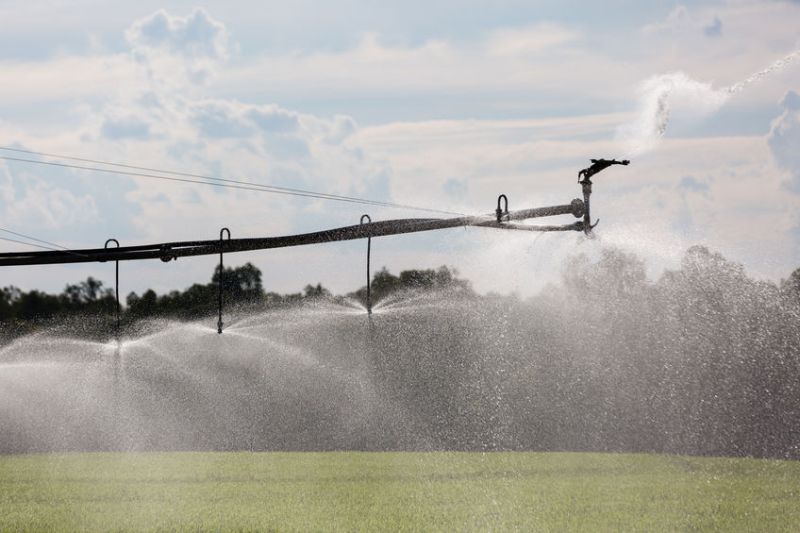
Scottish businesses extracting water are being urged to put their water scarcity plans into action as fears of a summer drought in Scotland have been raised.
Below average rainfall in May has led to a deteriorating water scarcity situation, the Scottish Environment Protection Agency (SEPA) warned on Monday (5 June).
It comes after the UK-wide National Drought Group (NDG) recently called on farmers and growers to focus on preserving water now amid increasingly uncertain weather patterns.
Now SEPA has confirmed that the Loch Maree area in the Highlands has moved from 'alert' level to 'moderate scarcity', the second highest risk level.
In addition, the lack of rain and increasingly dry ground conditions means 12 areas in the Northwest and Southern Central region are now in alert level.
Most of the rest of the country is now at 'early warning', with North Aberdeenshire the only area that remains at 'normal conditions'.
Little rain is forecast for the next few weeks, and the water scarcity situation is expected to escalate quickly, SEPA warned.
Nathan Critchlow-Watton, head of water at SEPA, called for businesses extracting water to manage water wisely in the coming weeks and months.
He said: "This is a crucial time of year for water demand, but with no rain in the forecast we cannot rule out needing to impose restrictions over the summer.
"Abstractors should already have contingency plans in place in case restrictions are needed to avoid long-term damage to the environment and fish populations
“All of us have a responsibility in managing our water environment, this summer and beyond."
According to SEPA, Scotland received only 44% of the long-term average rainfall across the country in May.
With little rainfall forecast in the next week across Scotland, the agency said the situation could "escalate quickly and extend across a much wider area".
The Loch Maree area in the Highlands has recorded prolonged extremely low river flows.
The surrounding areas of the Northwest Highlands, extending down to Loch Ness, are also experiencing very low river levels so have moved to alert level.
Areas in the Southern Central region that have increased to alert level include the Clyde, parts of Dumfries and Galloway, and South Lanarkshire.
At the most recent meeting of the National Drought Group (NDG), in April, water experts highlighted the importance of not relying on the weather alone to keep drought at bay.
The NDG - made up of senior decision-makers from the Environment Agency, government and key farming groups - said it was preparing for the worst case scenario of another hot, dry spell this summer.
NDG chair John Leyland, who is also Environment Agency's executive director, said: “A dry February followed by an particularly wet March has highlighted that we cannot rely on the weather alone to preserve our most precious resource ahead of summer.
“This is why the Environment Agency, water companies and our partners continue to take action to ensure water resources are in the best possible position both for the summer and for future droughts."
What is the advice for Scottish farmers?
SEPA has issued advice for abstractors - including farmers - on how to manage water wisely:
• Check SEPA’s website and regular water scarcity reports so you are aware of the water situation in your area.
• Regularly check your abstraction equipment to make sure it’s in good condition and fix any leaks straight away.
• Where possible, reduce the volume and rate of your abstractions.
Businesses should also put in place a contingency plan if suspensions are put in place:
• Have you any stored water available?
• Can you switch to an alternative source, if available within your current authorisation?
• Can you temporarily switch to ground water?
• Work together with neighbours and stagger abstractions to make best use of available water.
